Nature-scape
Morten Poulsen, Saara-Maria Kariranta, Rafael Villares, and Asmund Havsteen-Mikkelsen
Curated by Inanna Riccardi and Christopher Sand-Iversen
20 January - 24 February 2023
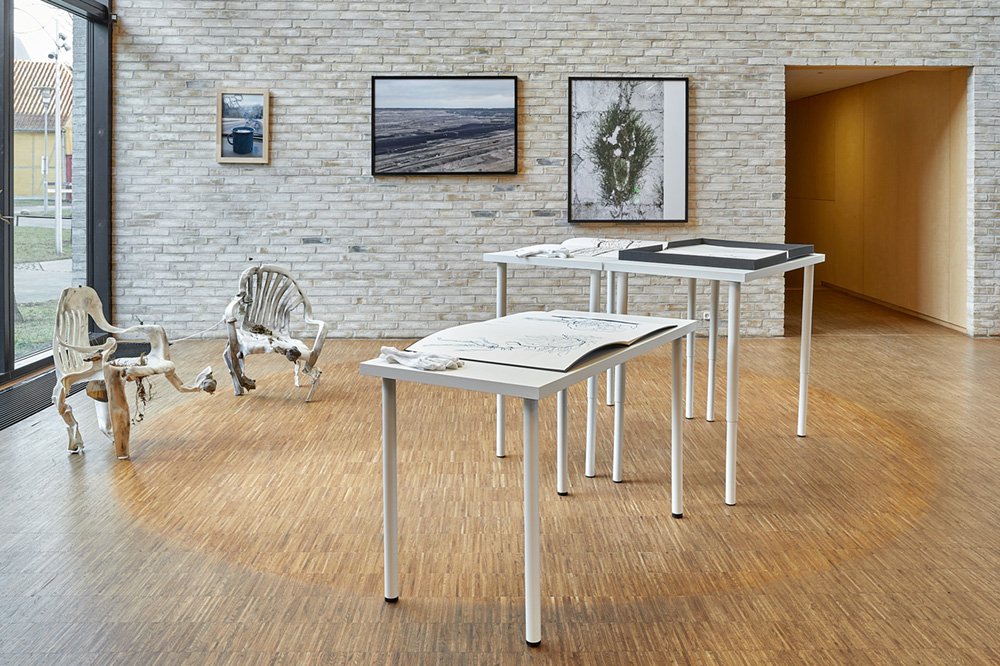
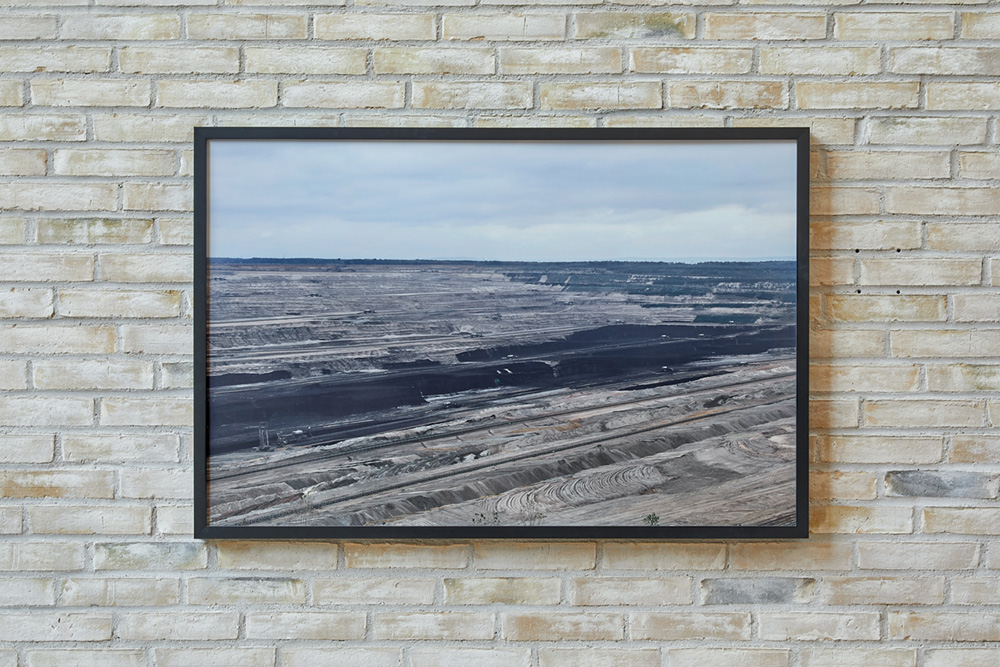
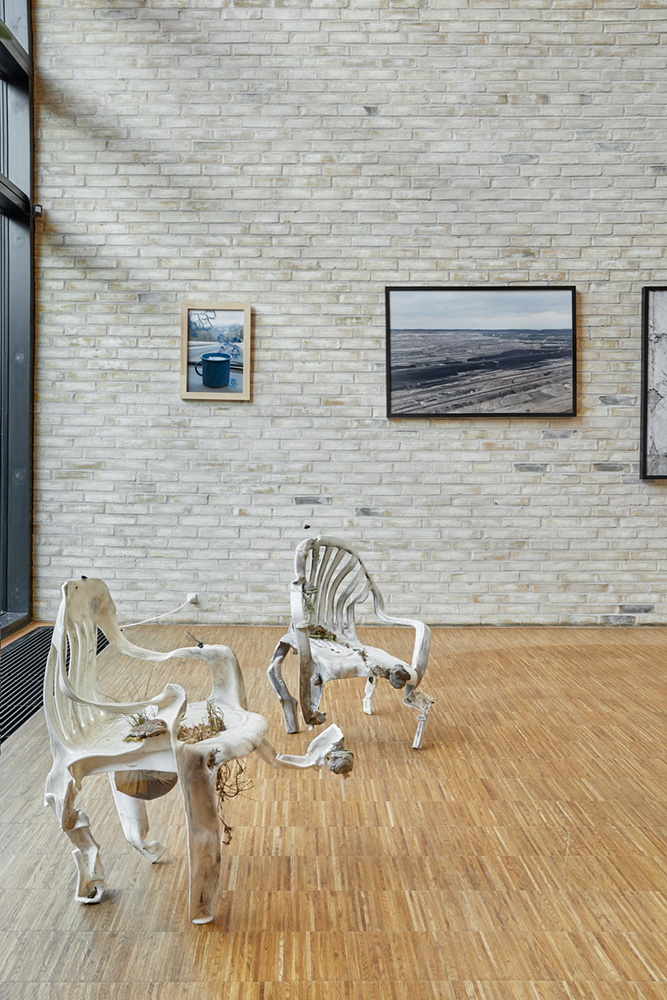
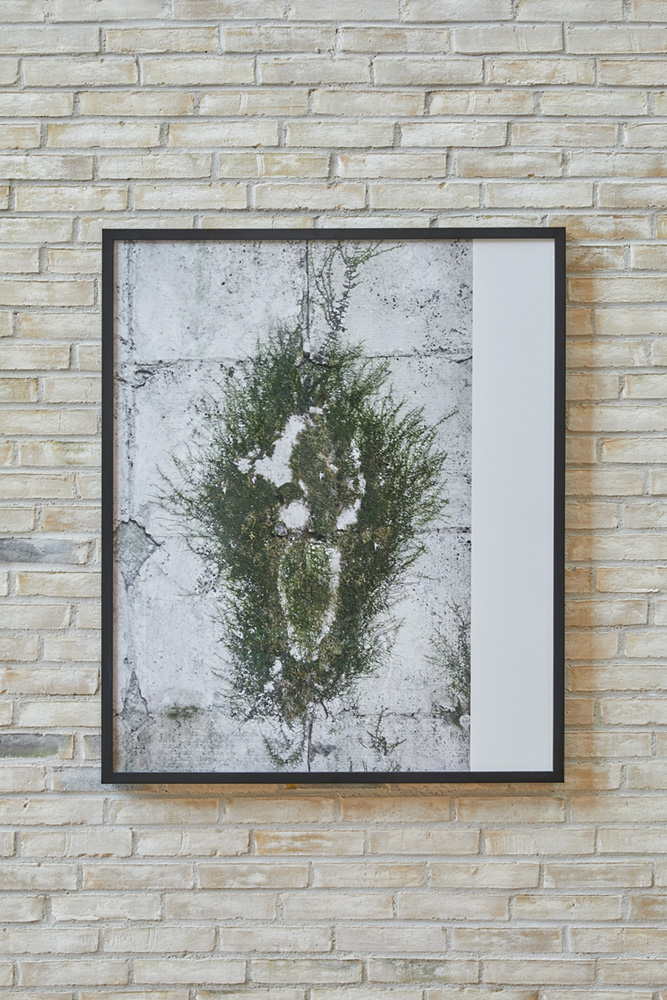
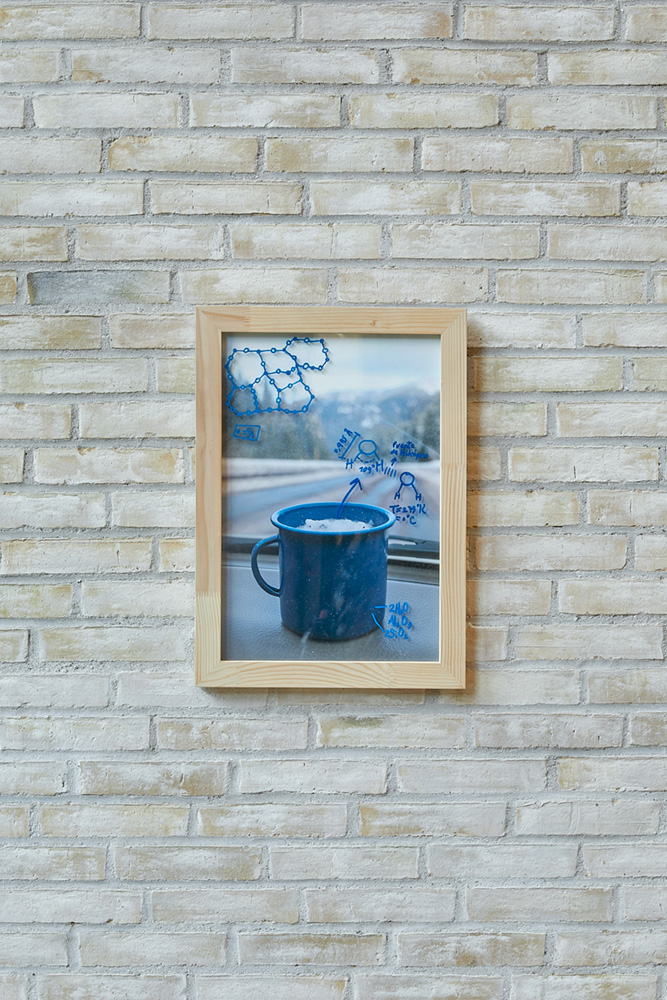
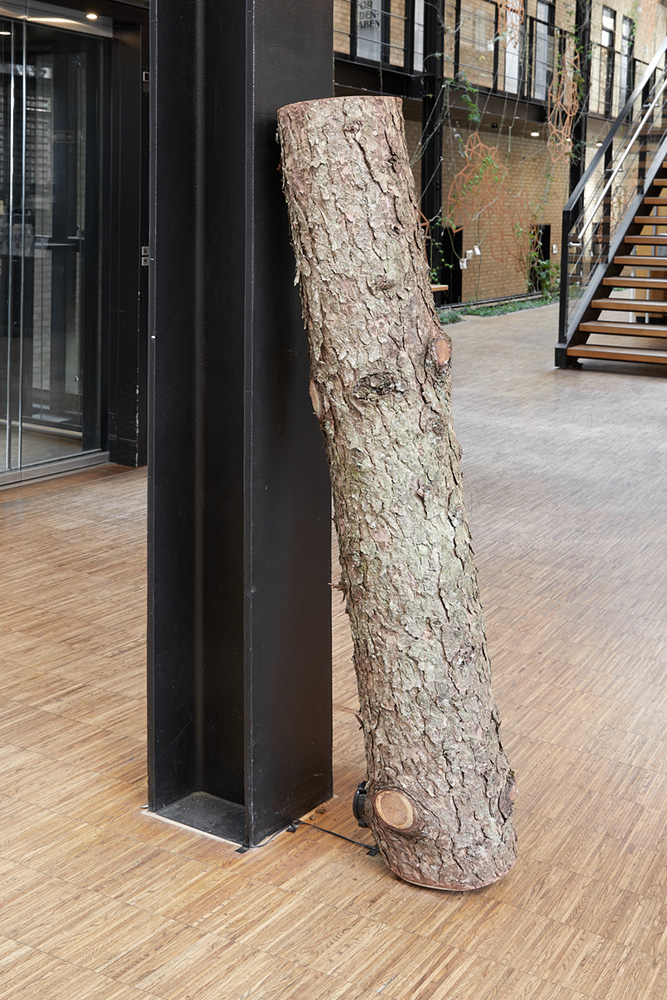
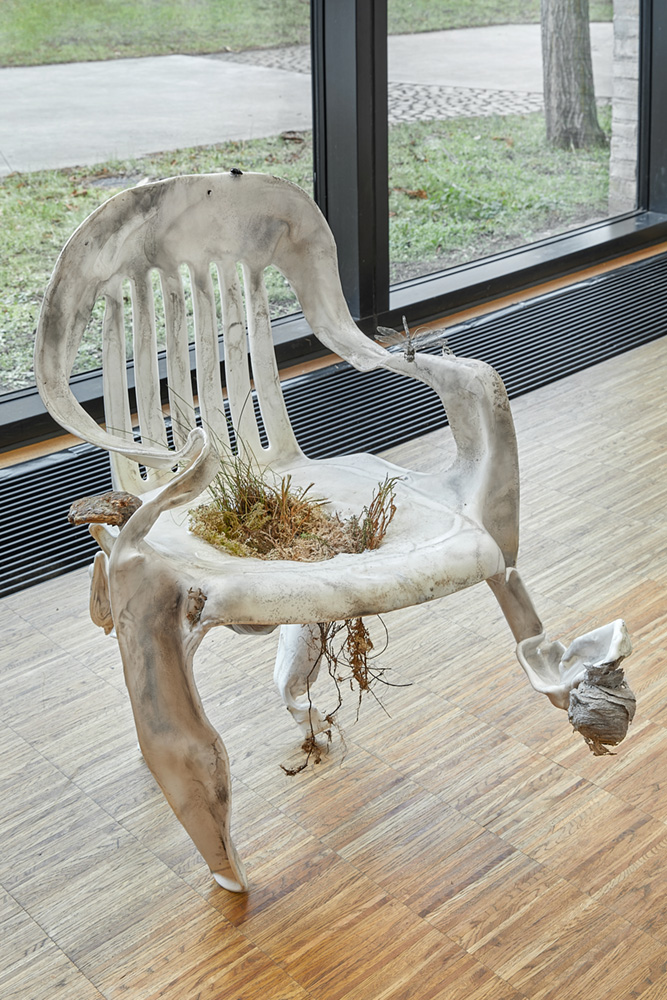
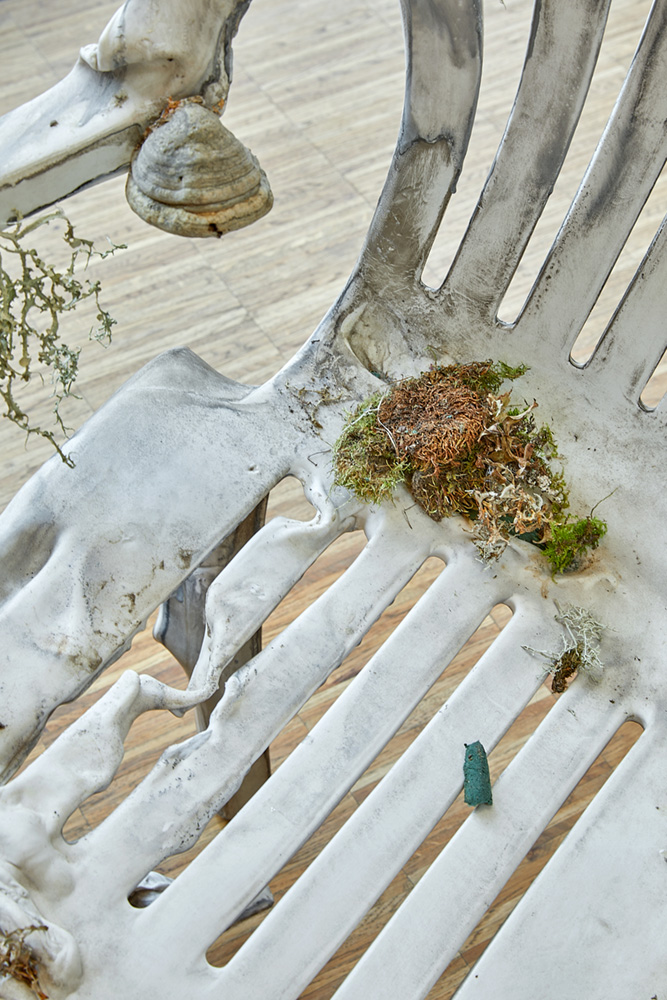
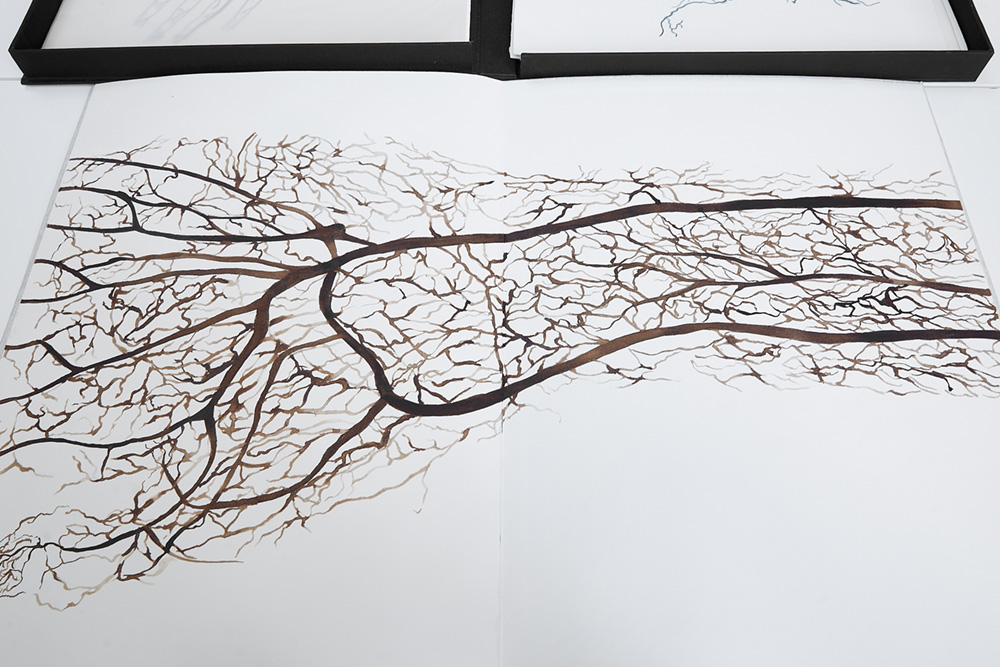
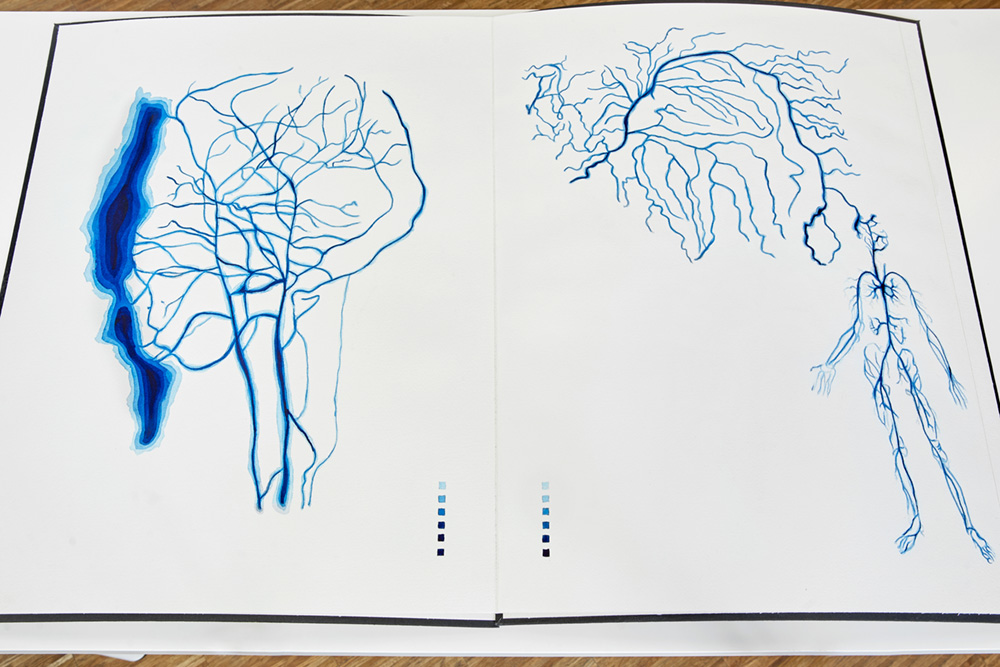
Dansk:
Udstilling var anden del af diskussionen om nye naturforestillinger, som blev indledt med udstillingen The Writing of Nature på SixtyEight Art Institute i januar 2022.
Begge udstillinger udsprang fra erkendelsen, at det haster i forhold til at skabe alternative forståelser af forholdet mellem natur og menneskehed. Den nutidige menneskelige naturopfattelse har stadig en tendens til at betragte naturen som et domæne, der kan eller skal kontrolleres, bruges og udnyttes. Dette er et centralt problem, der forhindrer os i at håndtere klimaforandringer effektivt. Denne opfattelse informerer den menneskelige fantasi - i hvert fald i den dominerende vestlige kultur - og gør det endnu sværere at udvikle alternative scenarier i fællesskab.
Det er nødvendigt at overvinde den epistemologisk etablerede differentiering mellem menneske og natur, og natur og kultur, som har fået menneskeheden til at udvinde ressourcer i så ekstrem grad, at det ødelægger miljøet, hvilket klimaforandringer til fulde illustrerer. Udstillingen Nature-scape ønskede at diskutere disse emner med fornyet dybde gennem reflektion over begrebet ‘nature-scape’. Dette omfatter steder, der er skabt sammen med naturen og som dermed flytter opmærksomheden mod det ‘mere-end-menneskelige’. Disse samskabte steder, som ofte oversees, er ikke kun af betydning for ‘naturen’, men udgør faktisk naturen selv - og vi er nødt til at se dem sådan for at påbegynde den konceptuelle proces det er, at omvælte den dybtliggende natur-kultur dualisme.
På baggrund af disse overvejelser ønskede Nature-scape at præsentere nye ‘-scapes’, som vi kan bruge i vores måde at forstå ‘natur’ på. I den forbindelse tages sammenhængen med videnskaben også i betragtning. Mens nogle af de udvalgte kunstnere engagerer sig i videnskabelige principper og metoder for at skabe deres værker, har andre skabt spekulative værker på basis af videnskabelige og empiriske beviser, for at hjælpe os med at forestille os nye metoder og tilgange. Derfor havde udstillingen også til formål at skabe et oplyst rum for diskussion, hvor videnskab og kunst i endnu stærkere grad kunne formidle deres fælles interesser angående natur og klimaforandringer.
For at forstærke denne konceptuelle tilgang afholdtes Nature-scape i lokaler på Københavns Universitets Institut for Geovidenskab og Naturforvaltning i samarbejde med institutleder Claus Beier samt studerende og undervisere - netop for at skabe og underbygge konkrete sammenhænge gennem udveksling af ideer mellem kunstnerne og SixtyEight Art Institute på den ene side, og videnskabelig forskning på den anden. Videnskabelige foredrag og samtaler blev afholdt i lokalerne som en del af åbningsarrangementerne.
Derudover søgte Nature-scape at forny de måder, hvorpå kunstnere og videnskabsfolk frugtbart kan lære af hinanden - ikke kun ved at kunstnere henter inspiration fra videnskabsfolk og akademikeres forskning og opdagelser - men også i form af videnskabsfolk, der lærer og henter inspiration fra de måder, hvorpå kunstnere oplever og fortolker verden og fænomenerne omkring os.
Om udstillingen og værkerne
Nature-scape præsenterede tre nordiske kunstnere fra Finland og Danmark, der skaber et rum for samtale, hvor deres erfaringer og perspektiver sættes i dialog med et perspektiv fra det såkaldte globale syd, repræsenteret af den cubanske kunstner Rafael Villares. Dette er et afgørende element i at forholde sig til samtalen om klimaforandringer, fordi effekten af global opvarmning opleves tidligere og i højere grad i det globale syd, som mange forskere har fremhævet. Bl.a. på grund af manglen på infrastruktur og statsstøtte såvel som den geografiske beliggenhed. Samtidig er nogle af disse områder/lande hjemsted for forskellige former for indfødt viden, som fastholder en anden menneske- og naturforståelse end i vestlig forstand.
Ved at skabe rum til i fællesskab at forestille sig naturen, menneskeheden og det ‘mere-end-menneskelige’ på nye måder, inkluderede og præsenterede Nature-scape perspektiver, der gennem forskellige medier reflekterede over alternative måder at generere viden og forståelse for naturen.
Morten Poulsen skabte en stedsspecifik lydinstallation, som præsenterer feltoptagelser af træer i Danmark og fra skoven i Hambach, Tyskland. Installationen af værket gave publikum mulighed for direkte at opleve naturens lyde og frekvenser optaget ved hjælp af kontaktmikrofoner. De oplevedes gennem fysisk kontakt med træet via audio-excitere. Stykket sensibiliserede publikum over for den levende, åndende virkelighed i den natur, der omgiver os og er en del af os, men som vi ofte overhører.
Saara-Maria Karirantas installation omfattede autoktone lav og insekter fra Finland. Hendes tålmodige arbejde med at indsamle disse elementer hjælper os til at reflektere over forestillingen om tid, rum og femininitet i den nordiske kontekst i forhold til naturen. Disse elementer var installeret på modificerede plastikstole af den slags, der ofte bruges som havemøbler, og visualiserer og kritiserer den typiske vestlige opfattelse af naturen som genstand for fritidsoplevelser, som et passivt ydre, snarere end genstand for ægte engagement og indbyrdes forbindelse.
Rafael Villares’ værker fremhæver, hvordan landskabet konstant viser os, at menneskeheden og naturen er unægteligt forbundet med hinanden. Forestillingen om ‘landskab' tjener i denne sammenhæng som en påmindelse om analogierne mellem naturfænomener og sammensætningen af den menneskelige krop. Hans arbejde går tilbage til rødderne af dikotomien natur versus kultur ved f.eks. gennem billeder og tegninger at vise os, hvordan træernes rødder ligner menneskekroppens årer. Ved at kombinere videnskabelig forskning med mere sanselige måder at forstå et øjeblik på, ønsker hans arbejde at diskutere, hvordan vi som menneskehed skaber erfaring og viden.
Asmund Havsteen-Mikkelsen udstillede et udvalg af fotos fra sit seneste projekt, Sunset Waltzing, relateret til den spekulative dokumentariske fiktion Terra Nova, der omhandler aktivisme, kuludvinding og videnskabsmanden og fremtidsforskeren James Lovelocks Gaia-hypotese, hvor planeten opfattes som en levende organisme. Værkerne, der vises her, er suggestive øjebliksbilleder af menneskelig udnyttelse af og tilsidesættelse af naturen, f. eks. den 600 meter dybe åbne kulmine i Hambach, Tyskland, samt af naturens evne til at spire frem af ruinerne og det, som menneskeheden efterlader sig.
Om kunstnerne
Morten Poulsen (f. København, 1990) er en lydkunstner, der arbejder med lytning som en immateriel, intersubjektiv og transformerende aktivitet, der har potentiale til at forme lytteren. Han udforsker de måder, hvorpå vi er indlejret i socio-politiske strukturer, især med fokus på køn, magtforhold og miljø, og de måder, hvorpå de krydser hinanden. Ved at skabe og pleje rum og situationer, hvor lytning kan finde sted, udforsker han relationer og giver lytteren mulighed for at blive bevidst om sin egen rolle i lydbilledet. Han har udstillet bredt i Danmark og i udlan-det.
Saara-Maria Kariranta (f. Tuusula, 1974) er en Inkoo-baseret kunstner, der kombinerer traditionelle skulpturelle teknikker med hverdagsgenstande og nye teknologier for at undersøge, hvordan menneskeheden forstår og interagerer med sine omgivelser. I de senere år har hendes installationer fokuseret på det vestlige (post-)kapitalistiske samfunds praksisser, hvor hun tackler spørgsmål om menneske-natur relationer og naturens rolle i forståelsen af verden. Hun har deltaget i udstillinger i Finland og i udlandet, som fx Helsinki Art Hall, Mänttä Art Week, Wäinö Aaltonen Museum, Pori Art Museum og Turku Art Hall. Hun blev tildelt prisen Årets Miljøarbejde i 2013 (sammen med Pekka Niittyvirta).
Rafael Villares (f. Havana, 1989) er en multidisciplinær kunstner, som er særligt interesseret i projekter, der fremmer forskning, samarbejde og interventioner i det offentlige rum. Hans arbejde ser ofte på landskabet som et omdefineret begreb bygget af kulturen og tæt forbundet med ideen om mennesket som årsag og virkning for alting. Gennem fotografi, lyd og installationer inverterer Villares visse aspekter af vores omgivelserl ved fx at skabe paralleller mellem naturen og menneskeskabte infrastrukturer. Gennem samarbejder med forskere rejser hans værker spørgsmål om processen i at generere viden og den rolle som videnskabelige og kunstneriske metoder spiller i denne proces. Han har udstillet bredt i Cuba og internationalt, herunder Chazen Museum i Madison, Wisconsin; Museo Nacional de Arte (MNA), Bolivia; Venedig Biennalen 2022; og tre storstilede installationer under de tidligere Havana Biennaler.
Asmund Havsteen-Mikkelsen (f. Ærø, 1971) er billedkunstner og forfatter. Hans malerier er præget af samspillet mellem arkitektoniske former og det omgivende miljø med et tilsyneladende fravær af mennesker. Hans teoretiske skrifter, eller ‘non-philosophy’, har senest fokuseret på, hvordan man kan udvikle velfærdsstatsmodellen til et samfund, der bekymrer sig om dyr og natur og dermed ikke kun om mennesker, mens hans kollaborative spekulative fiktioner skildrer nogle af klimaændringernes frontlinjer og adressere aktivisme, energi ressourcer og planetens overlevelse.
Udstillingen Nature-scape er en del af det transnationale Erasmus+-projekt, C6: Creativity, Culture and Collaboration to Combat Climate Change, og modtog yderligere støtte fra Knud Højgaards Fond.
English:
The exhibition was the second chapter of the discussion about new conceptions and imaginaries of nature, which was initiated with the exhibition The Writing of Nature at SixtyEight Art Institute in January 2022.
Both exhibitions were grounded in the urgency to create alternative ways of looking at and understanding the relation between nature and humankind. The contemporary human conception of nature still tends to consider nature as a domain that can or must be controlled, used and taken advantage of. This is a central problem, which prevents us from efficiently and effectively addressing climate change. It informs the human imagination - at least in the dominant Western culture - and makes it all the more difficult to collaboratively develop alternative scenarios.
It is necessary to overcome the epistemologically established differentiation between human beings and nature, and nature and culture, which has led humanity to significantly alter and destroy the environment, as climate change amply illustrates. This exhibition wished to discuss these topics with renewed depth, through the presentation of reflections on the concept of ‘nature-scape’. This encompasses spaces co-created with nature, and shifts attention towards the more-than-human. These co-created spaces, which are often overlooked, not only inform ‘nature’, but indeed are nature themselves, and we must see them as such in order to begin the conceptual process of overturning the deep-seated nature-culture dualism.
On the basis of these reflections, Nature-scape wished to present new ‘-scapes’ with which to understand ‘nature’. In this context the connection with science was also taken into consideration. While some of the selected artists engage with scientific principles and methods to create their pieces, others created speculative works on the basis of scientific and empirical evidence, to help us imagine new methods and approaches. The exhibition therefore also aimed to generate an informed space for discussion, where science and art can convey even more strongly their shared concerns regarding nature and climate change.
In order to reinforce this conceptual approach, Nature-scape was held on the premises of Copenhagen University’s Department of Geosciences Natural Resource Management with the collaboration with the head of department Claus Beier, students and lecturers, in order to create concrete connections and exchange of ideas between the artists and SixtyEight Art Institute on the one hand, and scientific research on the other. Knowledge-generating talks and conversations were held on the premises as part of the opening events.
Furthermore, Nature-scape sought to innovate the ways in which artists and scientists can fruitfully learn from each other, not only by artists drawing inspiration from the research and discoveries of scientists and academics, but also in terms of scientists learning and drawing inspiration from the ways in which artists look at and interpret the world and the phenomena around us.
About the exhibition and the works
Nature-scape presented three Nordic artists from Finland and Denmark who generate a space for discussion, where their experiences and perspectives are put into dialogue with a perspective from the so-called global south, represented by Cuban artist Rafael Villares. This is a crucial element in addressing the discussion about climate change, because, as many scientists have highlighted, the impact of global warming is experienced earlier and to a greater degree in the global south due to the lack of infrastructure and state aid, as well as geographical location. At the same time, some of these locations are home to various forms of indigenous knowledge, which maintain another understanding and conception of nature than the Western one.
By creating a space to collaboratively re-imagine nature, humankind and the more-than-human, Nature-scape included and presented different perspectives, which through various mediums reflected on and imagined alternative ways of generating knowledge and understanding nature.
Morten Poulsen created a site-specific sound installation which presented field recordings of trees in Denmark and in the forest of Hambach, Germany. The installation of the piece allowed the audience to directly experience the sounds and frequencies of nature, recorded using contact microphones and perceivable through physical contact with the tree via audio-exciters. The piece therefore sensitised the audience to the living, breathing reality of the nature that surrounds us and is part of us, but which we often overhear.
Saara-Maria Kariranta’s installation included autochthonal lichen and insects from Finland. Her patient work of collecting these elements helps us reflect on the notion of time, space and femininity in the Nordic context in relation to nature. These elements were installed on modified plastic chairs of the sort often used as garden furniture, visualising and criticising the typical Western perception of nature as the object of leisure time, as a passive exterior, rather than the subject of genuine engagement and interconnection.
Rafael Villares’s work highlights how the landscape constantly shows us that humankind and nature are intrinsically intertwined. The notion of landscape in this context serves as a reminder of the analogies between natural phenomena and the composition of the human body. His work goes back to the roots of the dichotomy of nature versus culture by showing us, through pictures and drawings, how the roots of trees are similar to the veins of the human body. By combining scientific research with more sensorial ways of understanding a moment, his work wishes to discuss how we as humanity create experience and knowledge.
Asmund Havsteen-Mikkelsen exhibited a selection of photos from his most recent project, Sunset Waltzing, related to the speculative documentary fiction Terra Nova, which addresses activism, coal and the scientist and futurist James Lovelock’s Gaia hypothesis, in which the planet is viewed as a living organism. The works shown here are suggestive snapshots of human exploitation of and disregard for nature, for example the 600-metre deep opencast coal mine in Hambach, Germany, as well as of nature’s ability to germinate from the ruins and remains humanity leaves behind.
Bios
Morten Poulsen (b. Copenhagen, 1990) is a sound artist who works with listening as an intangible, intersubjective and transformative activity that has the potential to form the listener. He explores the ways in which we are embedded in socio-political structures, especially with a focus on gender, power relations and the environment, and the ways in which they intersect. By creating and nurturing spaces and situations where listening can take place, he explores relationships and allows the listener to become aware of their own role in the soundscape. He has exhibited widely in Denmark and abroad.
Saara-Maria Kariranta (b. Tuusula, 1974) is an Inkoo-based artist who combines traditional sculptural techniques with everyday objects and new technologies in order to interrogate the way humankind understands and interacts with its surroundings. In recent years, her installations have focused on the practices of Western (post-)capitalist society, tackling questions of human-nature relations and the role of nature in the understanding of the world. She has participated in exhibitions in Finland and abroad, for example at Helsinki Art Hall, Mänttä Art Week, Wäinö Aaltonen Museum, Pori Art Museum and Turku Art Hall. She was awarded the Environmental Work of the Year award in 2013 (together with Pekka Niittyvirta).
Rafael Villares (b. Havana, 1989) is a multidisciplinary artist particularly interested in projects that promote research, collaboration and interventions in public spaces. His work often looks at the landscape as a redefined concept, built by culture, closely related to the idea of man as the cause and effect of all things. Through photography, sound and installations, Villares inverts certain aspects of our surroundings, for example creating parallels between nature and human-made infrastructures. In addition, by collaborating with scientists his works raise questions concerning the process of generating knowledge and the role that scientific and artistic methods play in this process. He has exhibited widely in Cuba and internationally, including the Chazen Museum in Madison, Wisconsin; Museo Nacional de Arte (MNA), Bolivia; the Venice Biennale 2022; and three large-scale installations during the past Havana Biennales.
Asmund Havsteen-Mikkelsen (b. Aeroe, 1971) is a visual artist and writer. His paintings are characterised by the interplay of architectural forms and the surrounding environment, with an apparent absence of human beings. His theoretical writings, or ‘non-philosophy’, have most recently focused on how to develop the welfare state model into a society that cares for animals and nature, not only humans, while his collaborative speculative fictions portray some of the frontlines of climate change and address activism, energy resources and the survival of the planet.
The exhibition Nature-scape forms part of the transnational Erasmus+ project, C6: Creativity, Culture and Collaboration to Combat Climate Change, and received additional support from Knud Højgaards Fond.